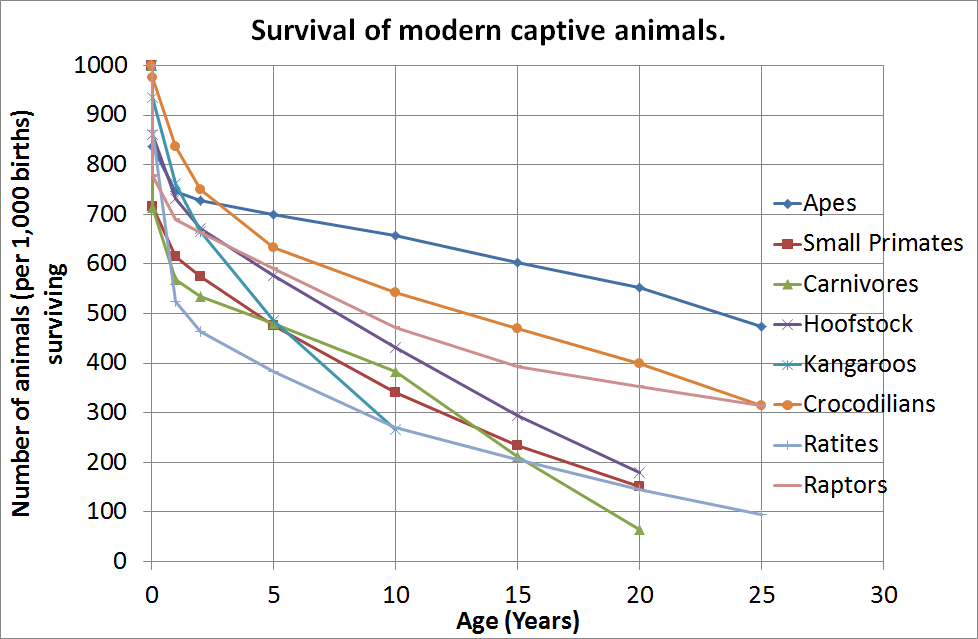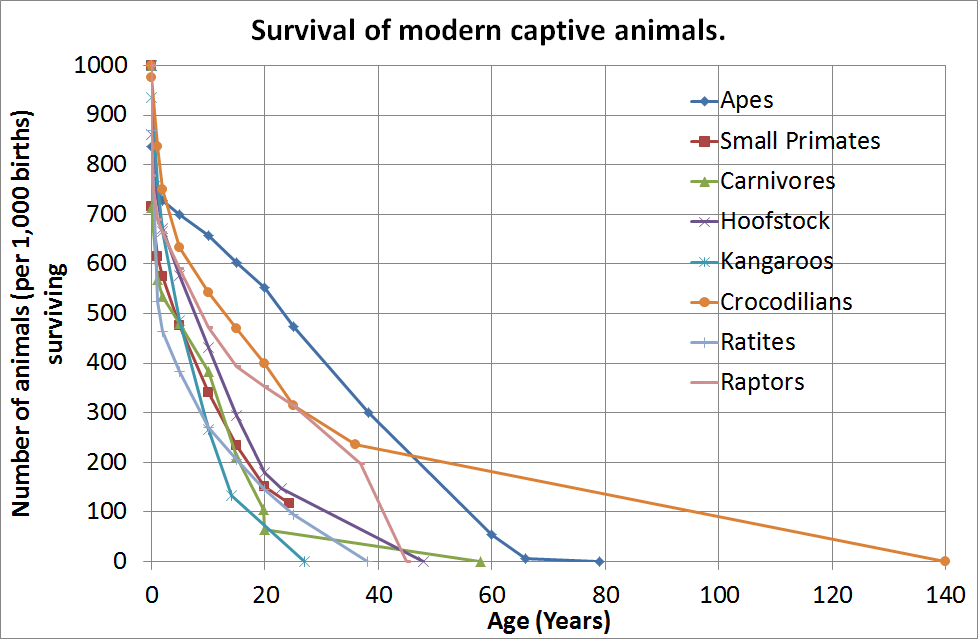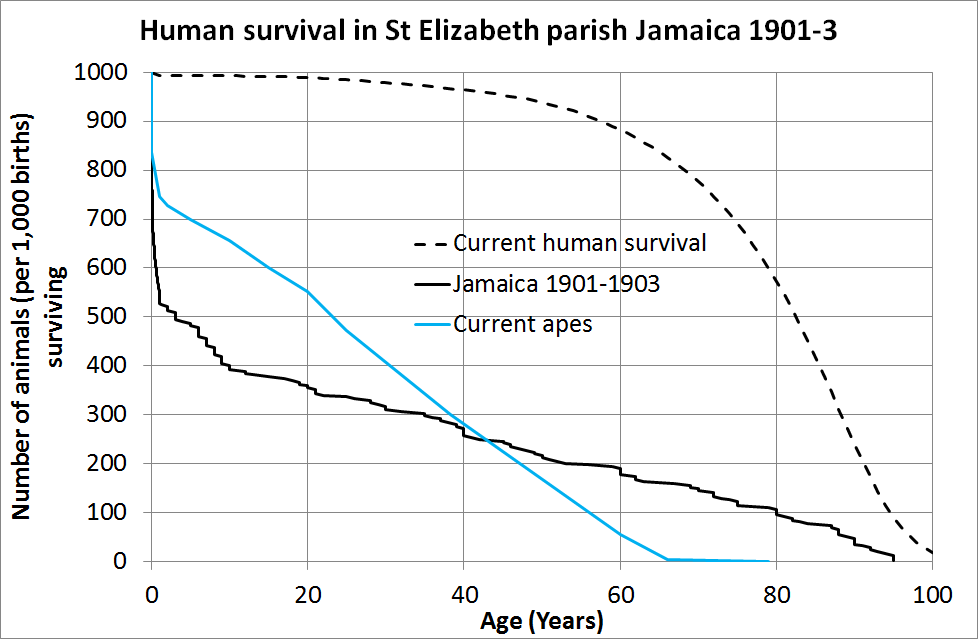dv said:
We had a little conversation a few years back about how it seems to be tough to get past the 118 barrier in longevity. Since that time, events have reaffirmed this a bit, with a series of deaths of supercentenarians from ages 116 to 117. Of all the 21 people documented to have reached the 116th birthday, only 2 have reached their 118th (Jeanne Calment and Sarah Knauss).
Last I heard, all the really old people have been dropping like flies at ages 115 to 117.
I’m inclined to have some doubt about Jeanne Calment at 122 years. The motive was there (avoiding a massive amount of inheritance tax), the cover-up was there (Calment destroyed all the old photographs of her that she could get her hands on), the community support was there (her friends and neighbours hated the inheritance tax, too), and the possibility was there (her daughter taking over the name).
Don’t know about Knauss at 119 years. But I’m inclined to some scepticism until someone else reaches 118 1/2.
Humans are made with “planned obsolescence” built in. Other animals, even zoo animals with exceptional vet care, don’t live long enough to get to ‘death by planned obsolescence’. I have an Excel spreadsheet somewhere.
Well, except for Heinlein’s ‘Lazarus Long’ of course. If there is ever a breakthrough in age, it will occur in exceedingly few individuals.



